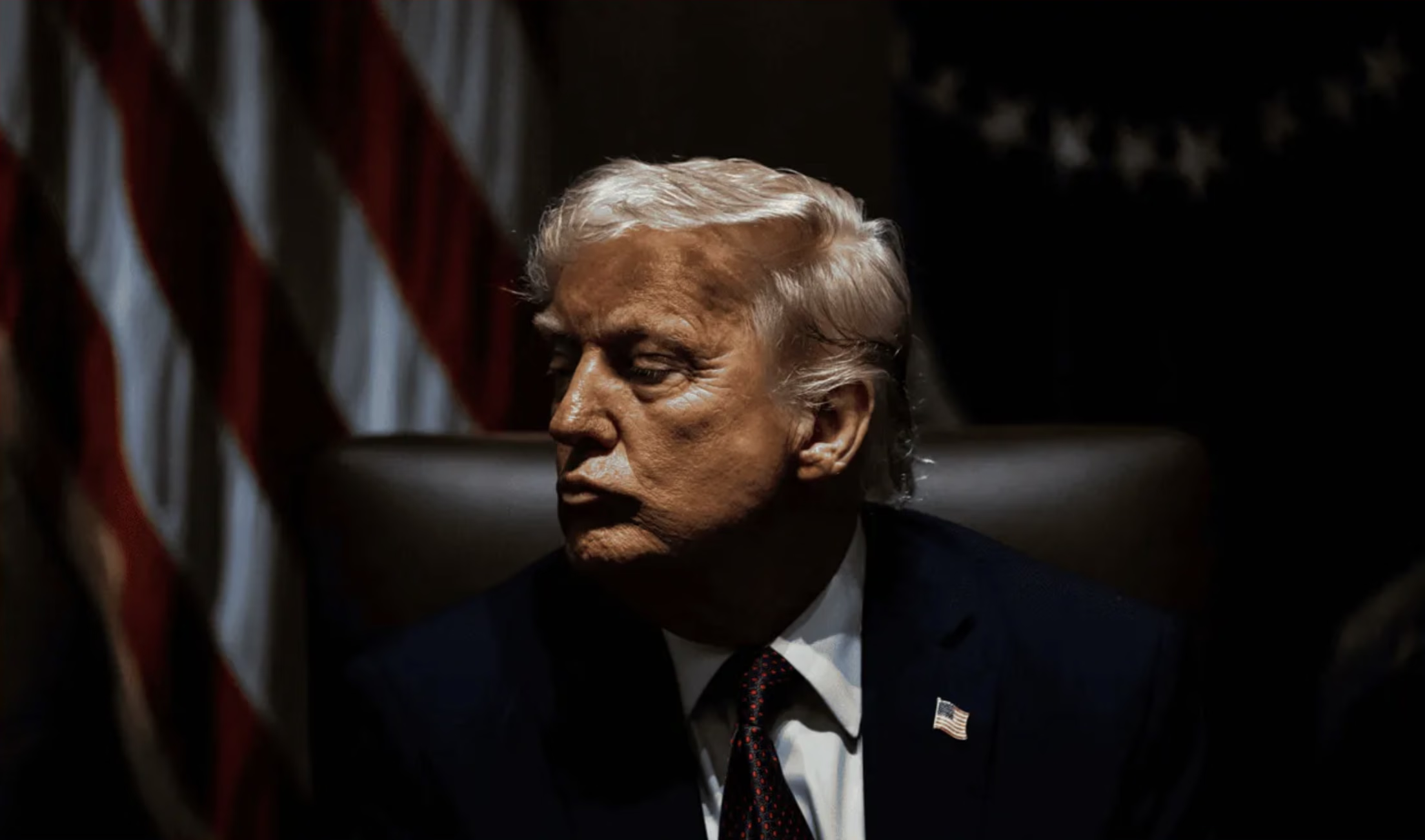President Trump is using the government shutdown as an “unprecedented opportunity” to consolidate control in the White House, accelerating a march toward unchecked executive power.
For many Democrats, the suspension of government operations appears a necessary evil—at least slowing the erosion of democratic norms and independent institutions. In practice, however, the standoff only strengthens the administration’s hand.
On Thursday, Trump said he had discussed with Office of Management and Budget Director Russ Vought which “Democratic agencies” should be cut, framing the shutdown as a chance to shrink a federal bureaucracy he has long deemed hostile. Taunting his opponents, he emphasized Vought’s role in Project 2025—a blueprint for expanding executive power that Trump publicly distanced himself from during the campaign, once it became political baggage. For Vought, the current crisis is a real-world test of ideas he has nurtured for years: how to weaken Congress, purge the bureaucracy, and concentrate power in the presidency.
Vought has already announced the cancellation of clean-energy projects worth nearly $8 billion in 16 states that backed Kamala Harris in 2024 and are represented by Democratic senators. He also froze $18 billion in infrastructure projects in New York—a transparent strike at Senator Chuck Schumer and House Democratic leader Hakeem Jeffries.
Lawsuits are widely expected: Congress controls the purse strings, and federal officials privately admit that Vought’s plans for mass layoffs may run afoul of appropriations law.
The shutdown is only one part of Trump’s broader campaign to concentrate power. This week he addressed more than 800 generals and admirals, urging them to prepare for “war” against domestic “enemies” and to treat American cities as “training grounds”. The administration also demanded that universities sign a ten-point “pact” granting preferential access to federal funding in exchange for freezing tuition, protecting conservative speech, imposing strict gender definitions, capping foreign student numbers, and meeting other White House priorities.
After Trump publicly pressured Attorney General Pam Bondi to bring charges against his opponents, the Justice Department indicted former FBI Director James Comey. New York Attorney General Letitia James and Senator Adam Schiff have also come under investigation. On Thursday, FBI Director Kash Patel severed ties with the Anti-Defamation League, accusing the Jewish civil-rights organization of “functioning as a terrorist group” after MAGA activists uncovered a now-deleted “extremism and hate glossary” that listed Charlie Kirk’s Turning Point USA. In addition, Trump urged the Justice Department to investigate George Soros’s Open Society Foundation as part of his campaign against liberal organizations following Kirk’s killing.
Trump-Pump-Pump

Donald Trump Builds His Politics on Retribution
Is America on the Verge of Authoritarianism?

Trump Sends Federal Troops to Portland Under the Pretext of Protecting the ICE Facility
Local Authorities Say the City Is Calm, While Opponents Accuse Him of Abuse of Power and Lack of Legal Grounds

No Compromise Yet
How Long Will the Shutdown Last and What Is Needed for a Deal?
The corporate sector has also come under pressure. Last week Trump demanded that Microsoft fire its head of global affairs, Lisa Monaco, over her service in the Biden administration. Earlier he had called for the resignation of Intel’s chief executive over alleged ties to China, but dropped the demand once the U.S. government acquired a 10% stake in the company.
In response to inquiries from American journalists, the White House press office sent an automated reply warning of delays “due to staffing shortages caused by the Democrats’ shutdown.” Similar notices appeared on several government websites, blaming Democrats or the “radical left”—a practice that may violate rules prohibiting federal agencies from engaging in partisan messaging. Later, Deputy Press Secretary Abigail Jackson stated: “Any funding lapse, this one included—caused by the Democrats—unfortunately forces the administration to make difficult decisions to sustain essential government functions.”
In the end, the shutdown became just another tool in Trump’s systematic strategy to dismantle the independence of institutions that once served as checks on the expansion of presidential power.
